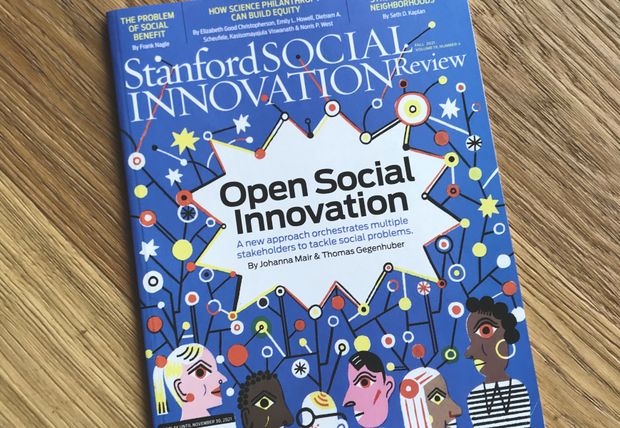Thomas Gegenhuber and his colleague Johanna Mair recently published an article in the Stanford Social Innovation Review (Fall Issue). Johanna Mair and Thomas Gegenhuber believe that current approaches to address social challenges require a makeover.

The article states that we need to start experimenting with social innovation based on collective action and digital technology in order to form new multi-stakeholder networks. But how can we spark collective action and joint innovative efforts between civil society, the public, and private sectors? The SSIR article talks about new ways to leverage social innovation during times of crisis and beyond. #WirvsVirus is a case of orchestrated experimentation and became a proof of concept in regard to Open Social Innovation. Open Social Innovation is a new approach to tackling social issues that orchestrates participation by multiple stakeholders (e.g., citizens, public administration, private sector).
However, it is insufficient to simply involving various stakeholders in the social innovation process. In order to make OSI work, all of the stakeholders need to be committed. For instance, governments need to understand that open social innovation necessitates effective public administration & policy (and is not just a substitute for it). The open and participatory nature of the process requires funders and foundations to move away from strict adherence to logic models or strategic plans to monitor and evaluate the success of OSI. Moreover, differing expectations about the process and its outcomes can be a hurdle. In this regard, the article offers considerations that help stakeholders make an informed decision as to whether or not to engage in an OSI initiative. The article also reflects that openness in the process does not automatically make social innovation more inclusive. The design choices in OSI are always a trade-off and can produce unintended exclusion dynamics.
The article is available in full at: Open Social Innovation, opens an external URL in a new window
 Go to JKU Homepage
Go to JKU Homepage








